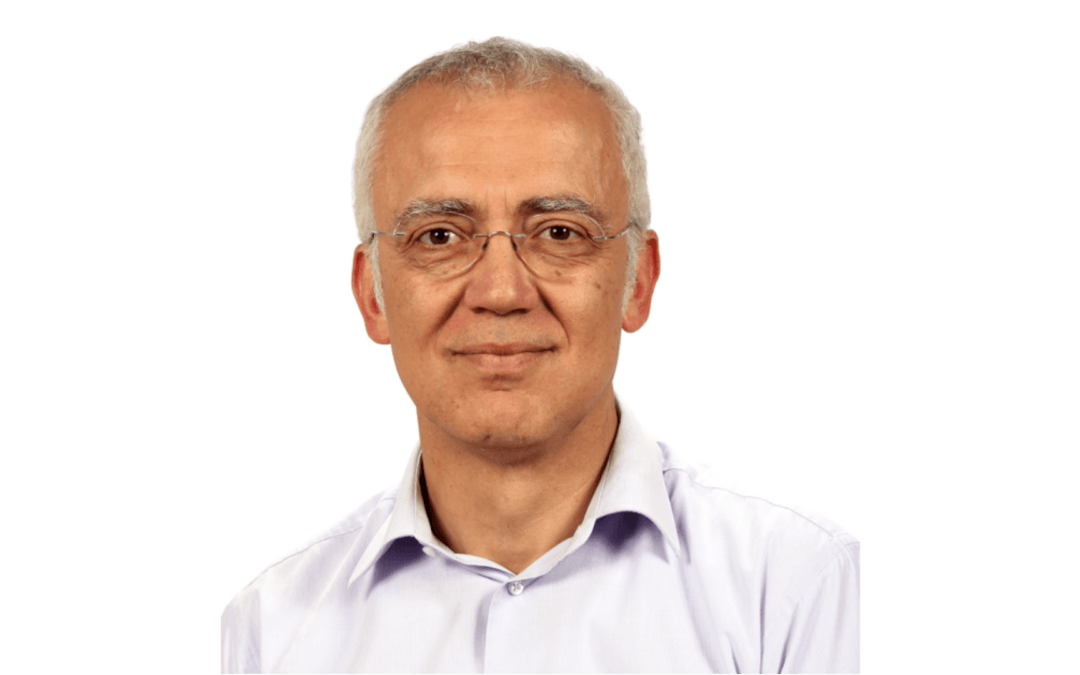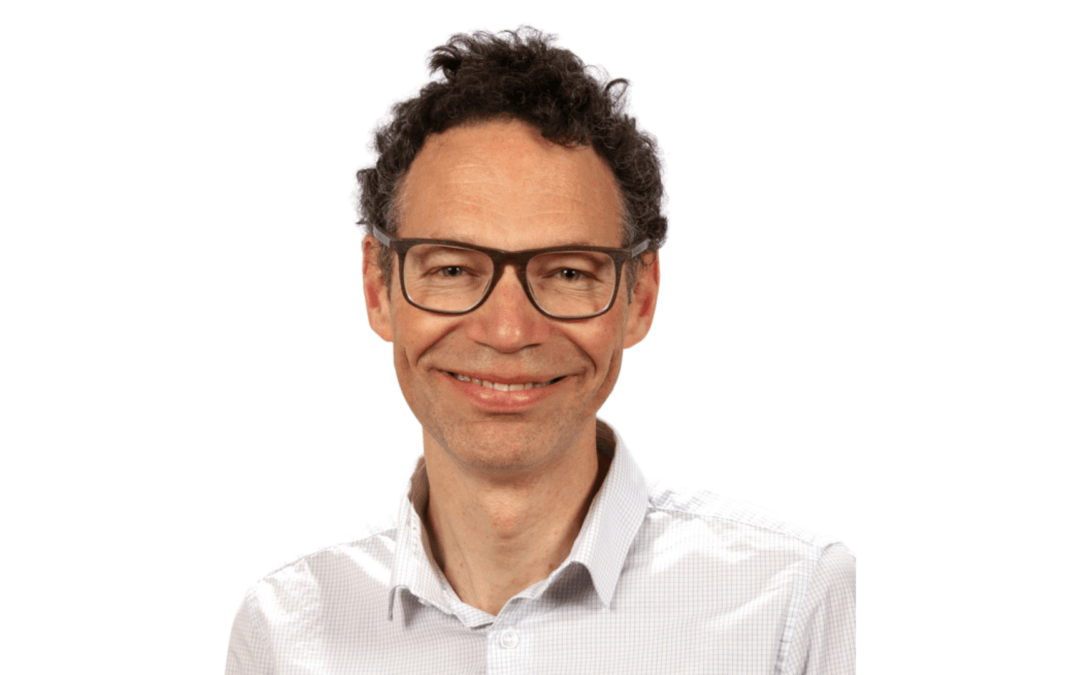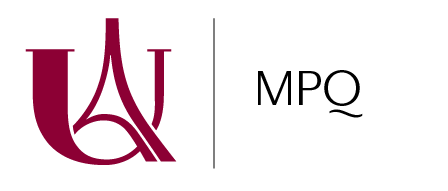Laboratory: MPQ
Address: 10 Rue A. Domon et L. Duquet – 75013 Paris
Supervisor of internship and/or PhD thesis: Giuseppe LEO
Tel: 01 57 27 62 27, 06 67 44 38 73
e-mail: giuseppe.leo@u-paris.fr
Scientific project:
Before the recent emergence of optical metasurfaces, which are arrays of optical nanoantennas of subwavelength size and separation, free-space propagation engineering had never essentially deviated from the paradigm of classical optics, where light propagation changes by phase accumulation over multiwavelength paths. In recent years, planar optics has revolutionised this framework, with the prospect of replacing bulky and difficult-to-align optical components with meta-gratings, meta-lenses (MLs) and meta-holograms that can also implement new functionality with respect to traditional optical components . The typical size of these structures (≲) corresponds to Mie scattering regime, where neither the diffracted orders propagate nor can the medium be considered homogeneous (Fig. 1).
 Figure 1. SEM photos of different shapes of dielectric MLs (the segment represents the distance of 1 µm)
Figure 1. SEM photos of different shapes of dielectric MLs (the segment represents the distance of 1 µm) Figure 2. Multifocal IOL: scheme and real lens.
Figure 2. Multifocal IOL: scheme and real lens.
This internship aims to demonstrate intraocular lenses (IOLs) with reduced size and new functionality compared with the implants currently used in refractive surgery (e.g. cataract). At present, IOLs are usually monofocal and consist of conventional lenses. Multifocal IOLs are also available, which can partially overcome the lack of adaptation of an artificial crystalline lens, either by creating regions of different curvature or by etching a Fresnel lens onto a curved diopter of the traditional lens (Fig. 2). However, patients suffer from stray light effects after implantation (glare and halos), springing from inherent nonidealities of these IOLs. It seems that MLs can improve this state of affairs, and MPQ has already demonstrated a few AlGaAs-on-sapphire MLs and is currently fabricating more MLs in hydrogenated amorphous silicon (a-Si:H) and titanium dioxide (TiO2) for the near-IR and visible range, respectively.
This internship will take place at MPQ, which will support it with design, technological platform (wafer bonding, electron-beam lithography) and optical experiments, in collaboration with SOLNIL (a leader in nano-imprint lithography) and CINAM (leader in atomic-layer deposition). We will benefit from the crucial clinical competence of Rotschild Foundation in ophtalmologic surgery.
Methods and techniques: photonic modelling, nanofabrication, experimental optics
Possibility to go on with a PhD ? YES
Envisaged fellowship ? YES (Idex fellowship)
À lire aussi

Giuseppe Leo nommé Membre Senior de l’IUF
Félicitations à Giuseppe Leo pour sa nomination à l’IUF! Giuseppe Leo, Professeur à l'Université Paris Cité et responsable de l'équipe DON au laboratoire MPQ, vient d’être nommé Membre Senior de l’Institut Universitaire de France (IUF), au titre de la chaire...

Aloyse Degiron lauréat d’une ERC Proof of Concept
Aloyse Degiron, DR au laboratoire MPQ, vient d’obtenir une ERC Proof of Concept. Aloyse Degiron A Metamaterial-based technology to create Electricity from Light (AMELI) L'ERC POC AMELI vise à convertir de la lumière en électricité grâce à des métamatériaux,...

Un peigne mécanique de fréquences contrôlé par la lumière
Par des expériences d’optomécanique dans un micro-résonateur semiconducteur, des chercheurs de l’équipe DON du laboratoire MPQ, en collaboration avec le Centre de Nanoscience et Nanotechnologies, ont montré qu’un couplage entre différentes formes d’énergie peut donner...

Une métasurface pour génération optique non-linéaire avec contrôle total de phase
Les chercheurs de l’équipe DON de MPQ ont obtenu la première métasurface optique diélectrique générant du second harmonique avec un contrôle total de la phase. Figure : Image MEB d’une lentille de Fresnel pour la focalisation d’un signal de seconde harmonique. Grâce...
